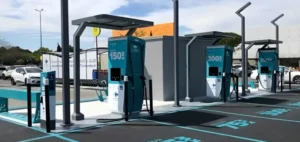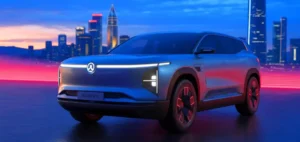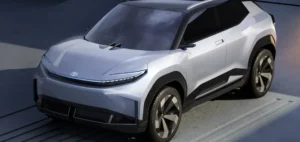The number of electric vehicles on the road in Germany grew sharply in 2022, reaching just over 1 million units by the end of the year, according to a statement from the Federal Agency for the Automobile (KBA). This 63.8% increase in one year is due to a very generous purchase incentive that was revised downward in January. Plug-in hybrids also grew 52.8 percent year over year to 864,712 units.
However, the total number of passenger cars remained almost stable at 48.8 million units, as the number of diesel cars decreased by almost 3% and gasoline models by more than 1%, together accounting for almost 45 million units.
A target of 15 million electric vehicles by 2030
The German government has set a goal of seeing 15 million electric cars on German roads by 2030, but some experts doubt that goal will be met. This would require not only an increase in the number of charging stations, but also an increase in the capacity of the electrical grid, which would have to simultaneously supply an increasing number of electric cars and other consumers such as heat pumps at peak times.
The German automotive industry also has a massive need for batteries and their electronic components, which are essential for a successful transition to all-electric and then autonomous driving. However, the current U.S. green subsidy plan worries the European Union, which fears massive industrial relocation to the United States.
Fear of overloading the power grid
In the event of a power grid overload, the supply of charging stations could be rationed by a law under discussion, according to the German press. This could slow down the adoption of electric cars in Germany, which are considered to be both an ecological and economical solution.
In conclusion, Germany has made significant progress in the adoption of electric vehicles, but still faces many challenges in reaching its ambitious goal of 15 million electric cars by 2030.






















